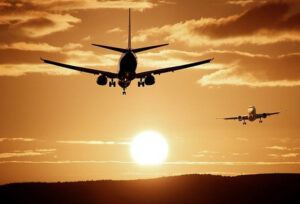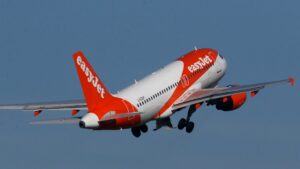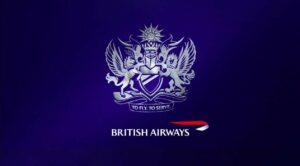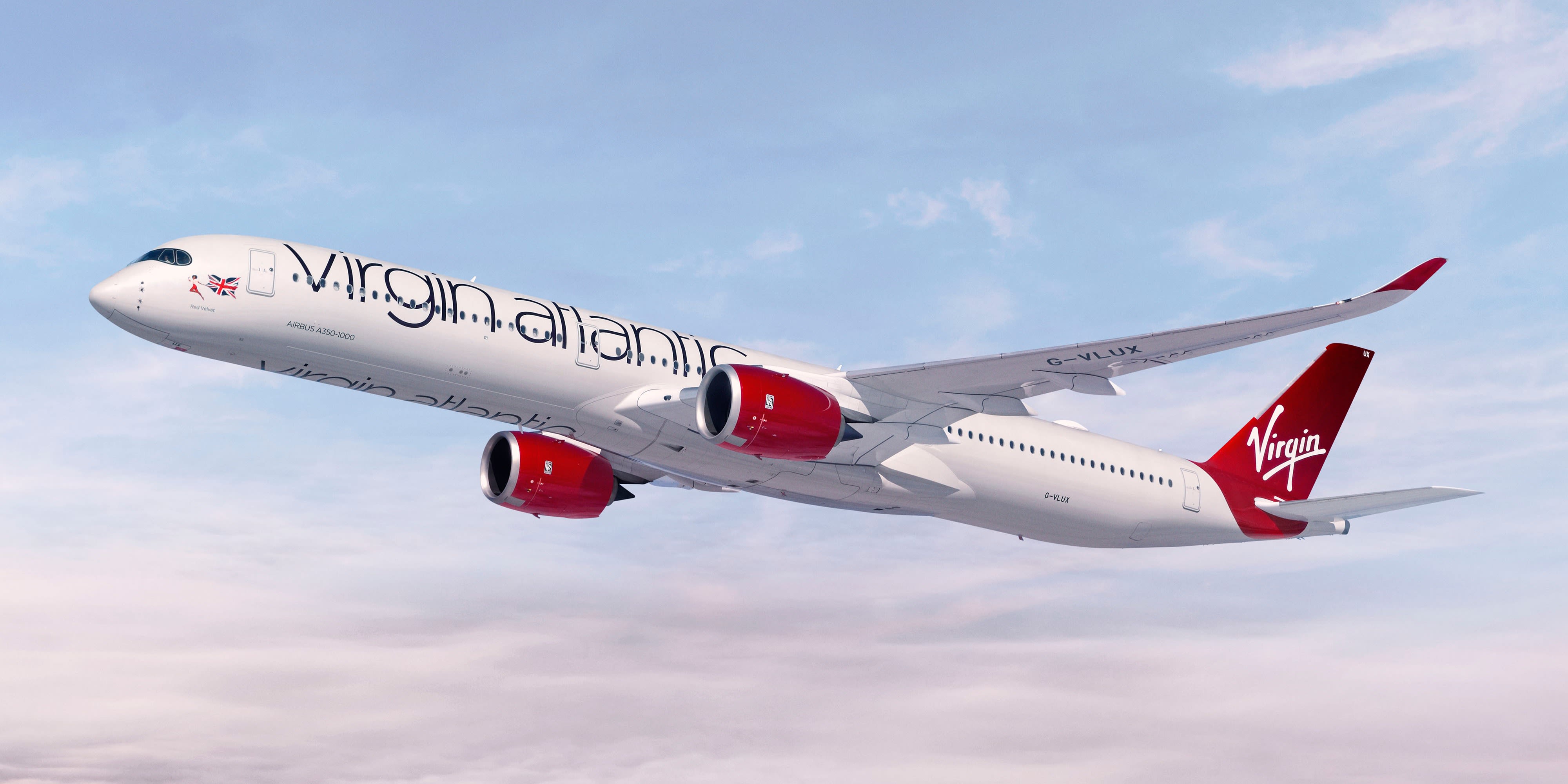
Experience virtual flights

Lack of control 
Try a real-life short flight and get over your phobia

More people die in traffic road accidents than in air
98 per cent success rate in those taking courses

Useful tips for airline travellers
If you are a passenger who has a fear of flying, it’s useful to let members of the crew know about it when booking your flight. Airlines such as Virgin Australia, for example, will put a distinctive logo on your boarding pass so that cabin crew can give you extra attention, if you need it. When I fly, I usually try to talk to the passenger next to me, or watch a film to help pass the time and take my mind off the flying.
The worst thing to do is have a few drinks hoping the problem will go away. It won’t. So the best thing to do is to either go on a course, online or on in one of their centres.
Where to get in touch for flying courses
If you or someone you know needs that final incentive to fly, find out more about the British Airways scared of flying courses by calling 0044 (0) 1252 793250 in the UK.
Virgin Atlantic Flying Without Fear, can be contacted at: 7 Kings Court, Pateley Bridge, North Yorkshire, HG3 5JW, or on their website info@flyingwithoutfear.co.uk

For easyJet, call the Fearless Flyer Team on: 0203 813 1644.
Interesting facts about flying
- Certain aeroplanes like the Boeing 787 Dreamliner can fly for more than five hours after one of their engines cuts out before landing.
- Lights being dimmed at night are not just for helping passengers get a good night’s sleep, but are there to help them adjust their eyes to the dark in case their is a night-time emergency.
- Pilots often fall asleep during their flight, to wake up and see their co-pilot’s also asleep. The British Airline Pilots Association (BALPA) in a 2017 found that of 500 pilots polled, 43 per cent admitted to accidentally falling asleep while being in charge of a plane, with 31 per cent waking up to see their co-pilot’s asleep.
 Crash information compiled by Time magazine, shows the fatality rate for seats in the rear third of a plane during a crash was the safest with 32 per cent; middle was least safe with 39 per cent, while the front was marginally safer with a 38 per cent fatality rate.
Crash information compiled by Time magazine, shows the fatality rate for seats in the rear third of a plane during a crash was the safest with 32 per cent; middle was least safe with 39 per cent, while the front was marginally safer with a 38 per cent fatality rate.- Oxygen masks on a 737 plane will only give you 12 minutes of air. This should be sufficient time for a plane to land.
- The Flight Data Recorder, often known as the Black Box, is not actually black in colour. It is in orange, making it more visible and easier to find if there is an accident.
- A Ukrainian aero-engineer in 2016 invented a eject cabin system in 2016 in case there was an engine failure during a flight. This would allow passengers to eject. As most crashes happen when planes are taking off or landing, the idea was not seen as practicable.
- Most people see a plane out of their window when flying, but the US Federal Aviation Authority says that there are about 5,000 planes in the air at any one time in the United States and more than 8,000 flying globally.
- In a report by aircraft manufacturer Boeing, 49 per cent of fatal accidents happen when the plane is descending and landing, compared to only 13 per cent within the first three minutes of take-off.
- Planes are quite safe even when struck by lightning as the electrical current is evenly distributed across the aluminium interior of the plane, grounding it, so that it so that the surge does not effect its electrical system.
